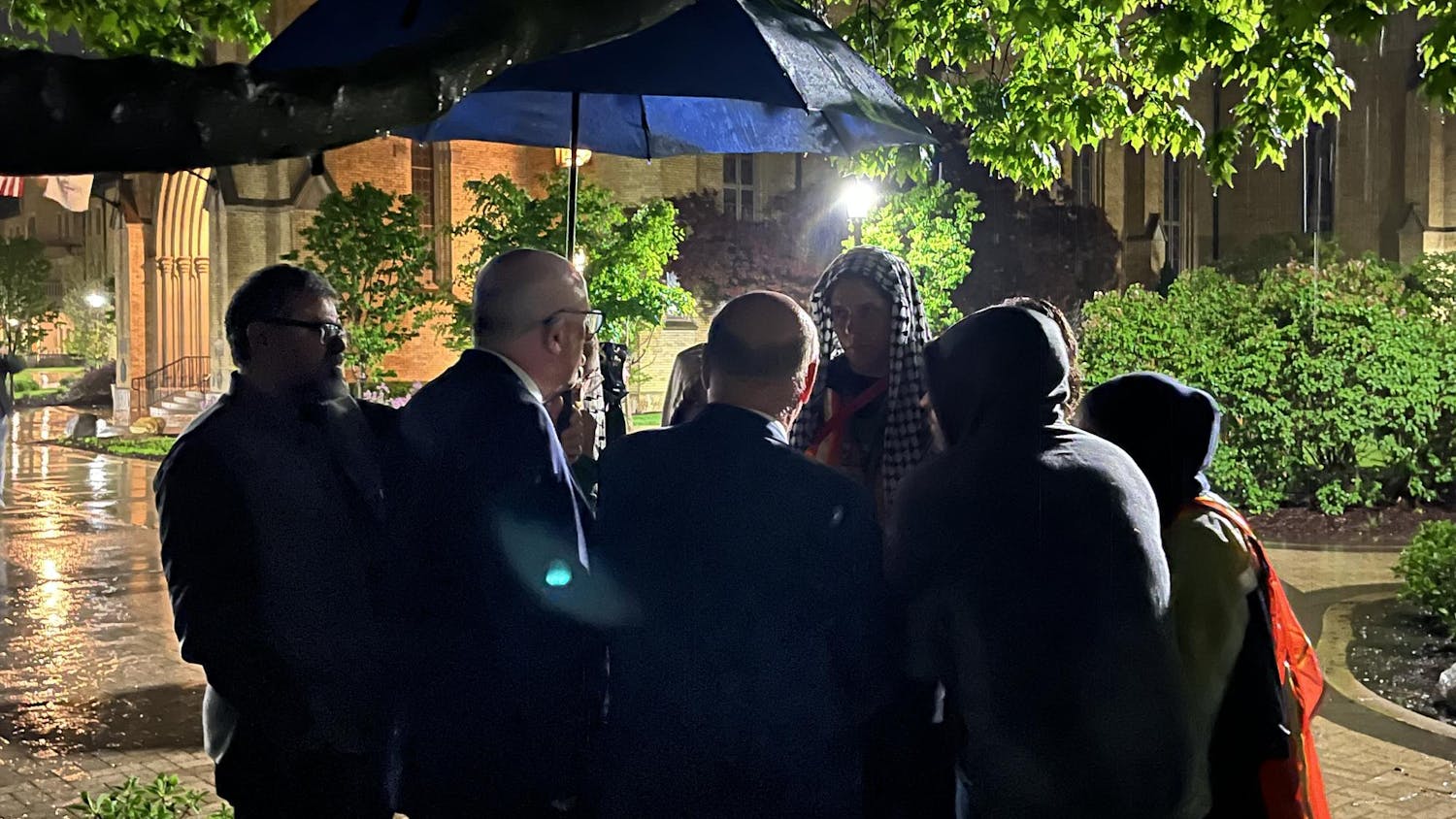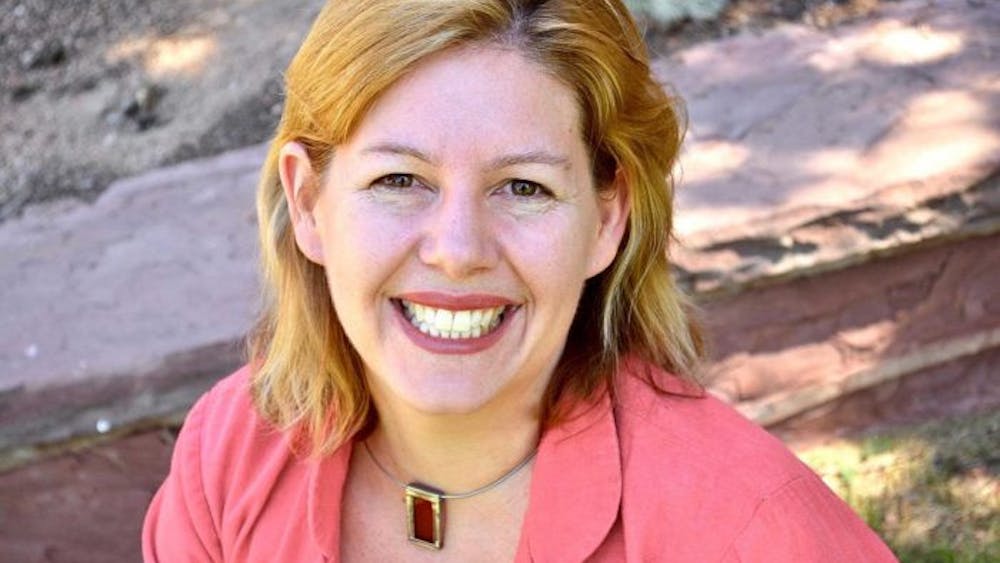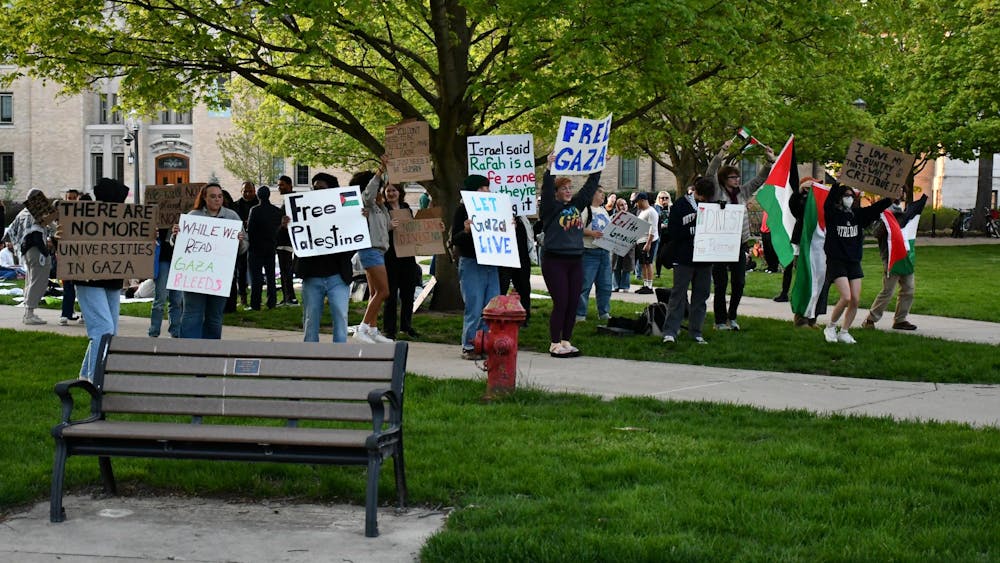Colombia has seen a rise in global exposure over the past few years, and, for the most part, it’s all in good light. However, many are oblivious to the major issues that Colombia suffers through in 2016, and it’s about time that those problems get the attention that they deserve.
James Rodriguez and the national soccer team have led Colombia back to the top 10 in the FIFA world soccer rankings. Over the last few years, the team has qualified for the quarterfinals of the FIFA World Cup and the semifinals of the Centennial Copa America.
The story of the notorious Pablo Escobar has also received global attention thanks to the Netflix original series “Narcos.” Most people now have a much better understanding of what kind of history dominated the Colombian scene in the 1980s and 1990s, so that’s also helped in putting some of the spotlight on Colombia’s story.
But that just isn’t enough.
Escobar’s death in 1993 didn’t end the civil unrest against the political corruption or the widespread violence. The Medellin cartel fell and the Cali cartel continued to do the work left behind by Escobar. Drug trafficking was as prevalent as ever, and the business continued to bring in billions of dollars.
Twenty-three years later, Colombia has done its best to recover from what Escobar left behind, but it’s in one of the direst situations in the world in regards to violence and civil unrest. The UN Refugee Agency reported earlier this year that Colombia has had 6.9 million internally displaced people — the most in the world, including Syria. The Revolutionary Armed Forces of Colombia, or “FARC,” has been a big player in continuing the civil war that has plagued Colombia for about half a century.
The guerrilla leftist armed force has been in conflict with paramilitary groups and many other drug cartels, and the violent confrontations between the groups have forced hundreds of thousands of families to pick up and leave their rural homes and pack into big cities like Medellin, Bogota and Cali. Many of those people walk the streets without a home, without a job or any food to feed their families.
The humanitarian crisis has been overlooked by what experts say is a growing economy in Colombia, which they say should theoretically help the situation, but the crisis has only gotten worse and continues to receive little attention. Recently, the FARC and the government, led by President Juan Manuel Santos, have been in the midst of a ceasefire while the two sides look to agree upon some sort of peace talk, and it looked for a while as if peace was finally going to be accomplished. However, the talks have fallen apart in recent weeks, and the Colombian government has grown tired of the wait.
The ultimatum has been set for Oct. 31. FARC commander Pastor Alape took to Twitter recently to get his side prepared for the worst in case the peace agreement fails to meet the deadline.
The state of Colombia is uncertain, and this month will decide what the civil war’s fate after the ceasefire ends. This is a situation that has been overlooked for too long by the world, and given the important implications of the peace talks, it should start receiving the same global attention that Narcos and the Colombian national soccer team has given Colombia.













